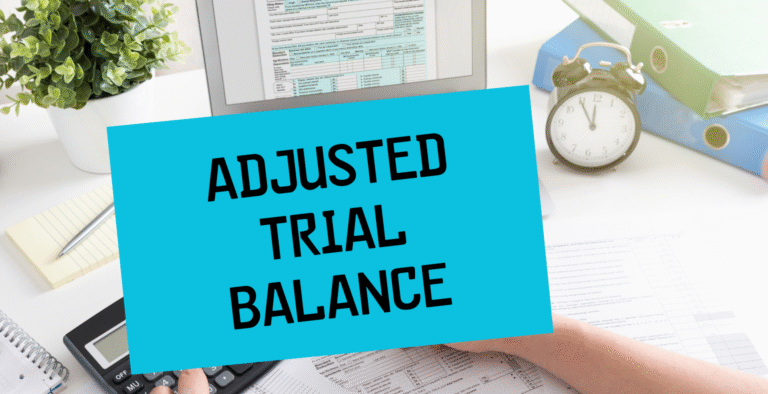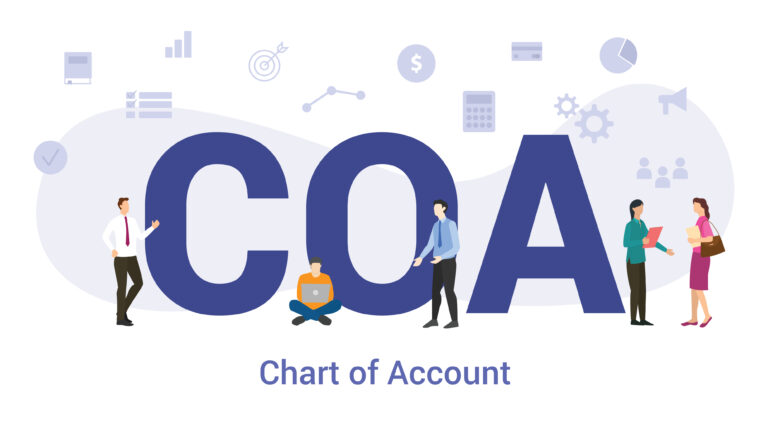Financial statements are the pulse of any business. They tell the story of where a company stands financially, how it’s performing, and where it might be headed. Among these critical documents, the Profit and Loss (P&L) statement and the balance sheet are perhaps the most essential. While they serve different purposes, they are deeply intertwined. Understanding how these two reports connect can give you a clearer, more complete picture of your business’s financial health.
In this article, we’ll explore what these statements mean, how they differ, and, most importantly, how they work together to reveal the real story behind the numbers.
What Exactly is a Profit and Loss (P&L) Statement?
The Profit and Loss (P&L) statement, also called an income statement, is your business’s performance report card over a set period—usually a quarter or a year. It outlines your revenues, costs, and expenses, ultimately showing whether you’ve made money (profit) or lost money (loss). In short, the P&L statement answers one critical question: Is your business profitable?
The Key Components:
- Revenue: The total income from your sales or services.
- Cost of Goods Sold (COGS): The direct expenses of producing what you sell.
- Gross Profit: The difference between revenue and COGS—essentially, your profit before considering operating expenses.
- Operating Expenses: The day-to-day costs like rent, payroll, and utilities.
- Net Profit (or Loss): What’s left over after you subtract every expense, tax, and interest from your revenue.
By breaking down each of these elements, the P&L statement helps you track your business’s profitability over time.
What is a Balance Sheet?
While the P&L statement is like a movie showing your business’s performance over time, the balance sheet is more like a snapshot. It shows the financial position of your business at a specific point in time. The balance sheet outlines what you own (assets), what you owe (liabilities), and what’s left for the shareholders or owners (equity).
The Key Components:
- Assets: Everything the company owns, from cash to inventory to property.
- Current Assets: Cash, receivables, and anything that can be turned into cash within a year.
- Non-Current Assets: Long-term investments like real estate or equipment.
- Liabilities: What the business owes, like loans or unpaid invoices.
- Current Liabilities: Debts or obligations due within the next year.
- Non-Current Liabilities: Long-term debts, like mortgages or bonds.
- Equity: The difference between assets and liabilities—what the company is worth after paying off its debts.
Think of the balance sheet as a financial snapshot of what your business owns and owes at any given moment.
How Are the P&L and Balance Sheet Different?
Though both statements are essential, they focus on different things.
- The P&L statement tells you if you’re making money over a certain period by breaking down your revenue and expenses.
- The balance sheet shows the overall health of your business at a single point in time by laying out your assets, liabilities, and equity.
How the P&L Statement Affects the Balance Sheet
Here’s where things get interesting: the two statements are connected. The P&L feeds directly into the balance sheet. How? Through retained earnings.
Let’s break it down:
- When your business earns a profit (as shown on the P&L), that profit boosts your assets and increases equity in the balance sheet.
- If your business incurs a loss, it decreases your equity.
Retained Earnings and Their Impact
Retained earnings are the cumulative amount of net profit your business has kept (not paid out as dividends) over time. These earnings are listed under equity in the balance sheet. They come directly from your P&L statement, meaning a profitable year will increase retained earnings, while a loss will reduce them.
In essence, your company’s performance over time (P&L) directly impacts its financial standing (balance sheet).
The Role of Cash Flow: Connecting the Dots
While the P&L and balance sheet are important, there’s another piece to the puzzle: the cash flow statement. This report tracks how much cash is coming in and going out of your business and helps bridge the gap between profitability (P&L) and liquidity (balance sheet).
For example, you might show a healthy profit on the P&L, but if most of that income is tied up in unpaid invoices (accounts receivable), your balance sheet will reveal that cash flow might be tight. This is where the cash flow statement becomes critical, helping you see how well your profits are turning into actual cash.
Why You Need Both: Profitability and Stability
You might be thinking, “Why do I need both?” Here’s why: to get a full picture of your business’s financial health, you need to understand profitability and stability.
- The P&L statement will show you how profitable your business is over time.
- The balance sheet will tell you whether that profitability is translating into a strong financial position.
By using both statements together, you can gauge not only whether your business is making money but also whether it’s financially healthy in the long run.
Common Mistakes When Reading Financial Statements
A common mistake is focusing on just one statement without looking at the other. For instance, a company may show a high profit on the P&L, but if its balance sheet reveals significant liabilities or poor cash flow, that profit might not mean much in the long term.
Similarly, a strong balance sheet might look reassuring, but if the P&L shows recurring losses, it could indicate future trouble.
How Accredited Bookkeeping Can Support Your Business
At Accredited Bookkeeping, we understand the challenges small businesses face when it comes to managing finances. We’re here to help you streamline your bookkeeping processes, avoid unnecessary financial errors, and gain greater clarity about your financial health. Our services are designed to fit the specific needs of your business, giving you peace of mind while you focus on growth.
Contact us today for a free consultation and discover how we can make bookkeeping easier for you.
📧 marianne@accreditedbookkeeping.com
Marianne Kirwan
📞 352-626-0116
📅 Schedule a meeting










